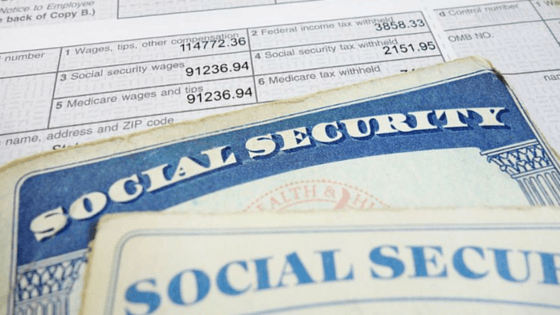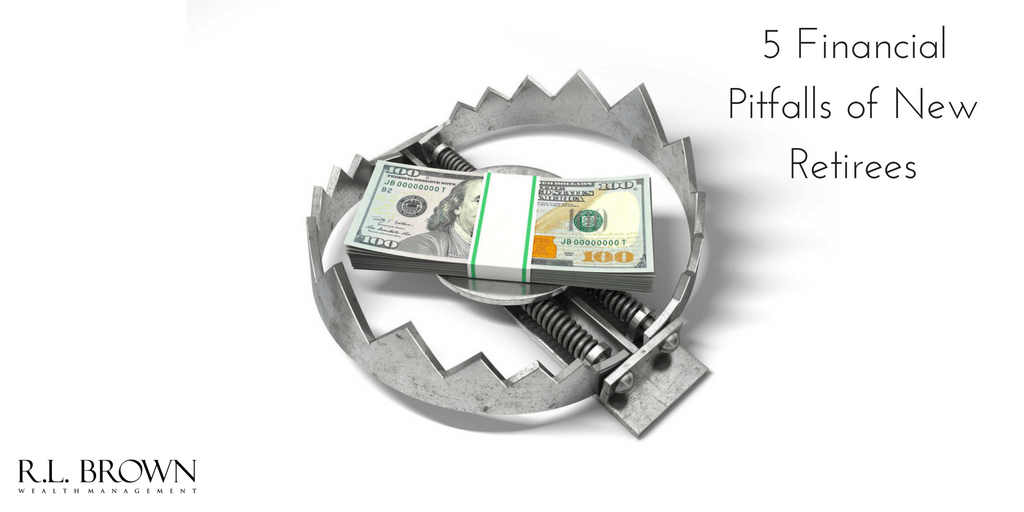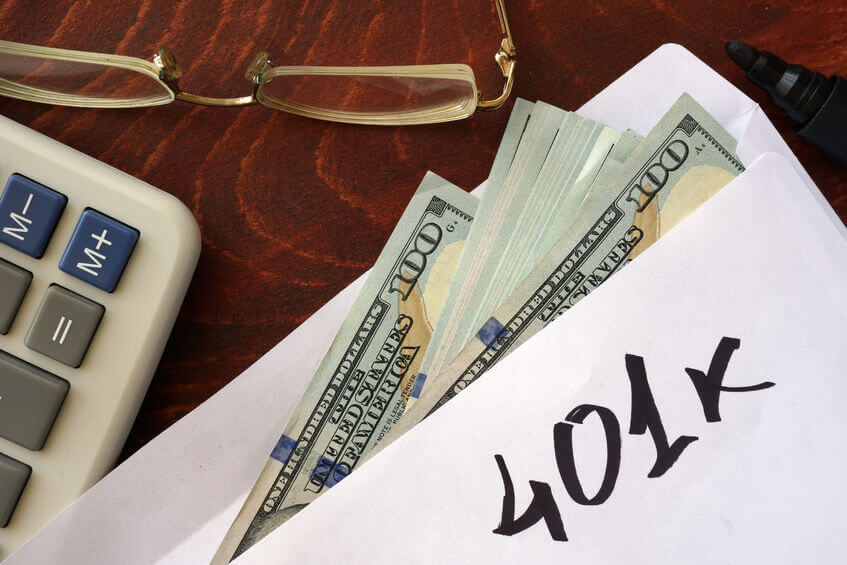Federal income taxes are often in the news. What you don’t often hear about, however, are Social Security taxes. It’s ironic they are so much less talked about, considering their just as expensive. In some cases, they’re even more costly than the former tax. With that in mind, let’s take a look at some of the lesser-known facts about the Social Security tax that are important to understand:
1. There are no individual Social Security accounts
You’ve been faithfully paying Social Security taxes on your wages or self-employment income for years—maybe decades. So doesn’t that mean the government has a personal account set up in your name to be distributed in retirement? Unfortunately, no. The government gives its word that you’ll receive the Social Security payments you are owed upon retirement. But that doesn’t necessarily mean that promise will come to fruition. In fact, the Social Security Administration’s 2016 report on the system’s financial status predicted it would not be able to pay all its debts to consumers by the year 2034.
2. Tax ceiling continues to rise
The Social Security Administration made some recent Social Security tax ceiling predictions for 2018 and beyond. It’s safe to say they’ll be increasing at a steady rate. Also, these numbers are just rough estimates. So they could end up being even higher.
Following are some projected midrange Social Security tax ceilings:
2018: $133,200
2019: $139,800
2020: $146,700
2021: $153,600
2022: $160,200
2023: $167,400
2024: $174,600
If these numbers become a reality, the maximum Social Security tax hit on wages or self-employment income in 2024 would be $21,650 (12.4% x $174,600). And that’s only if Congress doesn’t increase the tax rate, which is a real possibility. There’s also a good chance the ceiling could be increased even more than these numbers. It could even removed entirely. If there’s no ceiling, you would owe Social Security tax on every dollar of wages or self-employment income you earn.
3. Social Security taxes can be a significant hit to your paycheck
As an employee, your wages are hit with the 12.4% Social Security tax up to the annual wage ceiling. Half the Social Security tax bill (equal to 6.2%) is withheld from your paychecks. The other half (also 6.2%) is paid by your employer, so you never actually see it. If you don’t understand how the tax works and closely examine your pay stubs, you may be ignorant of how much the Social Security tax actually costs.
The Social Security tax wage ceiling for 2016 is $118,500, and it’s projected to rise to $126,000 next year (6.3%).
In spite of low inflation and stagnant wages, we are still looking at significant increases for Social Security taxes. In contrast, Social Security benefits are projected to rise slightly next year. So the Social Security tax may go up by 6.3% next year while the benefits go up by almost nothing.
If your wages meet or exceed the 2016 ceiling, the Social Security tax hit for this year will be a staggering $14,694 (12.4% x $118,500 = $14,694). Half of that comes out of your income. Your employer pays the other half.
If your wages meet or exceed the projected 2017 ceiling, the Social Security tax hit for next year will be an even more staggering $15,624 (12.4% x $126,000 = $15,624). Once again, half of that will come out of your paychecks, and your employer will pay the other half.
4. Self-employed people pay even more
While many employees may be unaware of the full magnitude of the Social Security tax, because they only pay half the bill, self-employed folks (sole proprietors, partners, and LLC members) know the full truth all too well. That’s because the self-employed must pay the entire 12.4% Social Security tax hit out of their own pockets, based on their net self-employment income. The fact that companies don’t owe any Social Security tax on amounts paid to independent contractors is a big reason why they often prefer to engage independent contractors instead of hiring employees.
For 2016, the Social Security tax self-employment income ceiling is $118,500 (same as the wage ceiling for employees). So if your net self-employment income for this year is $118,500 or more, you will owe the $14,694 maximum Social Security tax hit (12.4% x $118,500).
For 2017, the Social Security tax self-employment income ceiling is projected to be $126,000 (same as the wage ceiling for employees). So if your self-employment income for next year is $126,000 or more, you will owe the $15,624 maximum Social Security tax hit (12.4% x $126,000).
5. Gap between Social Security tax and benefits
As stated earlier, the Social Security tax ceiling is projected to increase by 6.3% next year. Meanwhile, monthly benefits are projected to increase by only a few dollars.
The Bottom line:
My advice is to invest and save as if Social Security didn’t exist–especially if retirement is still far away for you. Talk with a financial professional that can help you come up with appropriate retirement savings goals without depending on Social Security as a source of income. That way, if it does end up coming through, you’ll have more than enough to last you through your golden years.
Source: Marketwatch







